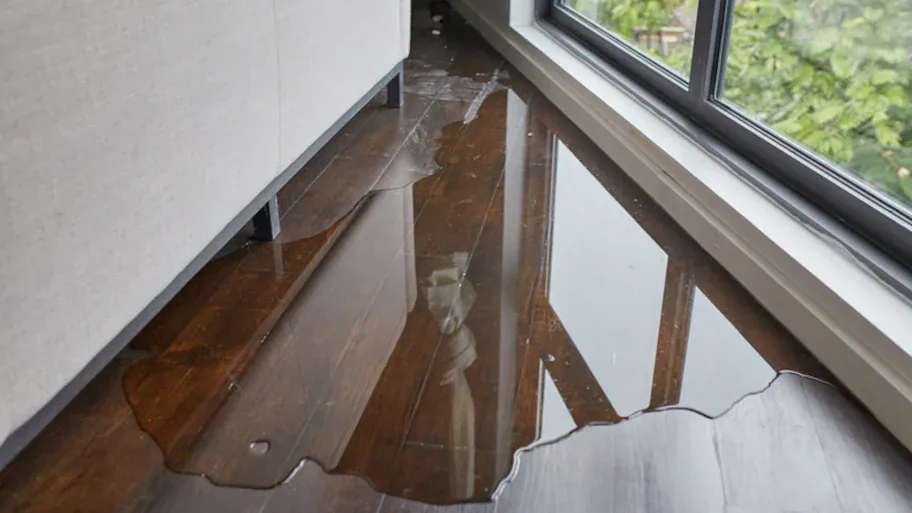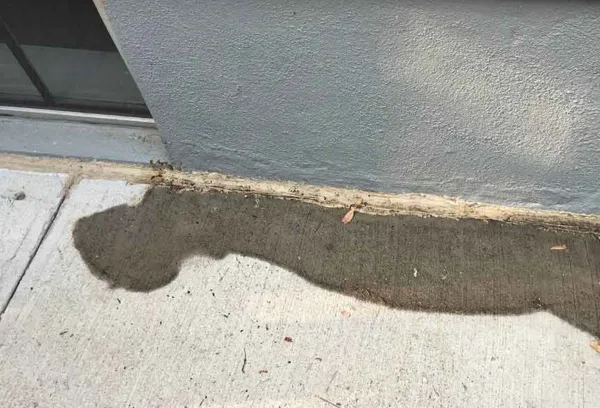Water damage can be a property manager's worst nightmare, leading to costly repairs, disrupted operations, and diminished property value. However, effective water mitigation strategies can transform the daunting task of damage control into a proactive approach focused on recovery and restoration.
Water damage in properties can result from various sources, such as burst pipes, leaking roofs, or flooding. Left unaddressed, it can cause extensive structural damage, mold growth, and compromise the safety and habitability of the premises.
However, with proper water mitigation measures in place, property managers can mitigate the immediate effects of water damage and lay the foundation for comprehensive recovery.
Understanding Water Mitigation
Water mitigation refers to the process of minimizing, preventing, and controlling the effects of water damage in properties. Its primary purpose is to mitigate the immediate and long-term consequences of water intrusion, ensuring the safety, functionality, and preservation of the property. Water mitigation aims to address the source of water damage, remove excess water, dry affected areas, and prevent secondary issues like mold growth and structural deterioration.
Understanding the common causes of water damage is essential for effective mitigation. These causes may include:
- Plumbing Failures: Burst pipes, leaking fixtures, and malfunctioning plumbing systems can lead to significant water damage within properties.
- Natural Disasters: Flooding caused by hurricanes, heavy rainfall, or overflowing rivers can result in severe water damage, affecting both residential and commercial properties.
- Roof Leaks: Damaged or poorly maintained roofs can allow water to penetrate the building, leading to leaks and subsequent damage to the interior.
- Appliance Malfunctions: Faulty appliances such as washing machines, dishwashers, or water heaters can cause water leaks or flooding if not properly maintained or repaired.
- Human Error: Accidental incidents, such as leaving taps running or neglecting to address minor leaks promptly, can escalate into significant water damage over time.
Failing to address water damage promptly can have severe consequences for property owners and managers. Prolonged exposure to water can weaken the building's structure, compromising its stability and safety. This can result in costly repairs or even the need for extensive reconstruction.
The Role of Water Mitigation in Property Management
The first step in effective water mitigation is a prompt and organized initial response. Property managers should establish an emergency plan outlining the actions to be taken when water damage occurs. This includes promptly identifying and addressing the source of water intrusion, shutting off water supply if necessary, and ensuring the safety of occupants.
Once the immediate response is underway, a thorough damage assessment should be conducted. This involves documenting the extent of the water damage, identifying affected areas, and assessing the potential risks and hazards associated with the damage. Property managers should employ appropriate water extraction equipment and techniques to efficiently remove standing water from the affected areas.
Water damage often creates an environment conducive to mold growth. Property managers should prioritize mold prevention and remediation as part of their water mitigation efforts. This may involve conducting thorough inspections, addressing underlying moisture issues, and engaging professional mold remediation services when necessary.
Property managers should work with qualified contractors and restoration specialists to assess and address structural damage, including repairing damaged walls, floors, ceilings, and any other affected components. Restoration efforts should aim to restore the property to its pre-damaged condition, both functionally and aesthetically.
Transitioning from Damage Control to Recovery
Transitioning from damage control to recovery requires a well-defined and comprehensive plan. A recovery plan outlines the steps, timelines, and resources needed to restore the property to its pre-damaged condition. It ensures a systematic and organized approach, minimizing delays and maximizing efficiency throughout the recovery process.
Before initiating the recovery process, property managers must conduct a thorough assessment of the damage. Detailed documentation, such as photographs and written reports, serves as valuable evidence for insurance claims and helps in developing an accurate scope of work for restoration efforts.
Effective collaboration with insurance companies is essential for a smooth recovery process. Property managers should promptly notify their insurance providers about the water damage and work closely with adjusters to assess the coverage and initiate the claims process.
The recovery phase involves addressing both functional and aesthetic aspects of the property. Property managers should collaborate with contractors, restoration specialists, and other relevant professionals to complete the following tasks:
- Addressing Structural Issues: Structural repairs are crucial to restore the property's stability and safety. Structural assessments should be conducted to identify any hidden or underlying issues that require attention.
- Renovation and Cosmetic Repairs: Restoring the property's aesthetics is important for tenant satisfaction and marketability. Property managers should coordinate renovation efforts, such as replacing flooring, painting walls, and restoring fixtures and finishes.
- Ensuring Water Damage Prevention in the Future: To prevent future water damage incidents, property managers should implement proactive measures. This may involve enhancing maintenance protocols, inspecting and repairing plumbing systems regularly, upgrading building materials to be more water-resistant, and educating tenants about water damage prevention and reporting procedures.
Best Practices in Water Mitigation and Property Management
Property managers should prioritize regular inspections to identify potential water damage risks. Proactive inspections and timely repairs can prevent small issues from escalating into major water damage incidents.
The integration of advanced technology and monitoring systems can significantly enhance water damage mitigation efforts. Property managers can utilize moisture detection sensors, automated shut-off valves, and smart water leak detection systems to promptly detect and address water intrusion. Remote monitoring capabilities allow for real-time alerts and immediate response, reducing the potential for extensive damage.
Having well-defined emergency response plans and protocols in place is crucial for swift and effective action during water damage incidents. Property managers should establish clear procedures for reporting water damage, initiating immediate response actions, contacting relevant stakeholders, and engaging professional water mitigation services. Regularly reviewing and practicing these protocols ensures that all parties involved are prepared to handle emergencies efficiently.
In conclusion, water mitigation is a vital aspect of successful property management that should not be overlooked. By prioritizing water mitigation efforts, property managers can minimize the impact of water damage incidents, protect their investments, and ensure the safety and satisfaction of tenants. By understanding the principles and implementing effective strategies outlined in this article, property managers can proactively address water damage issues, transition from damage control to recovery, and maintain the long-term resilience of their properties.


